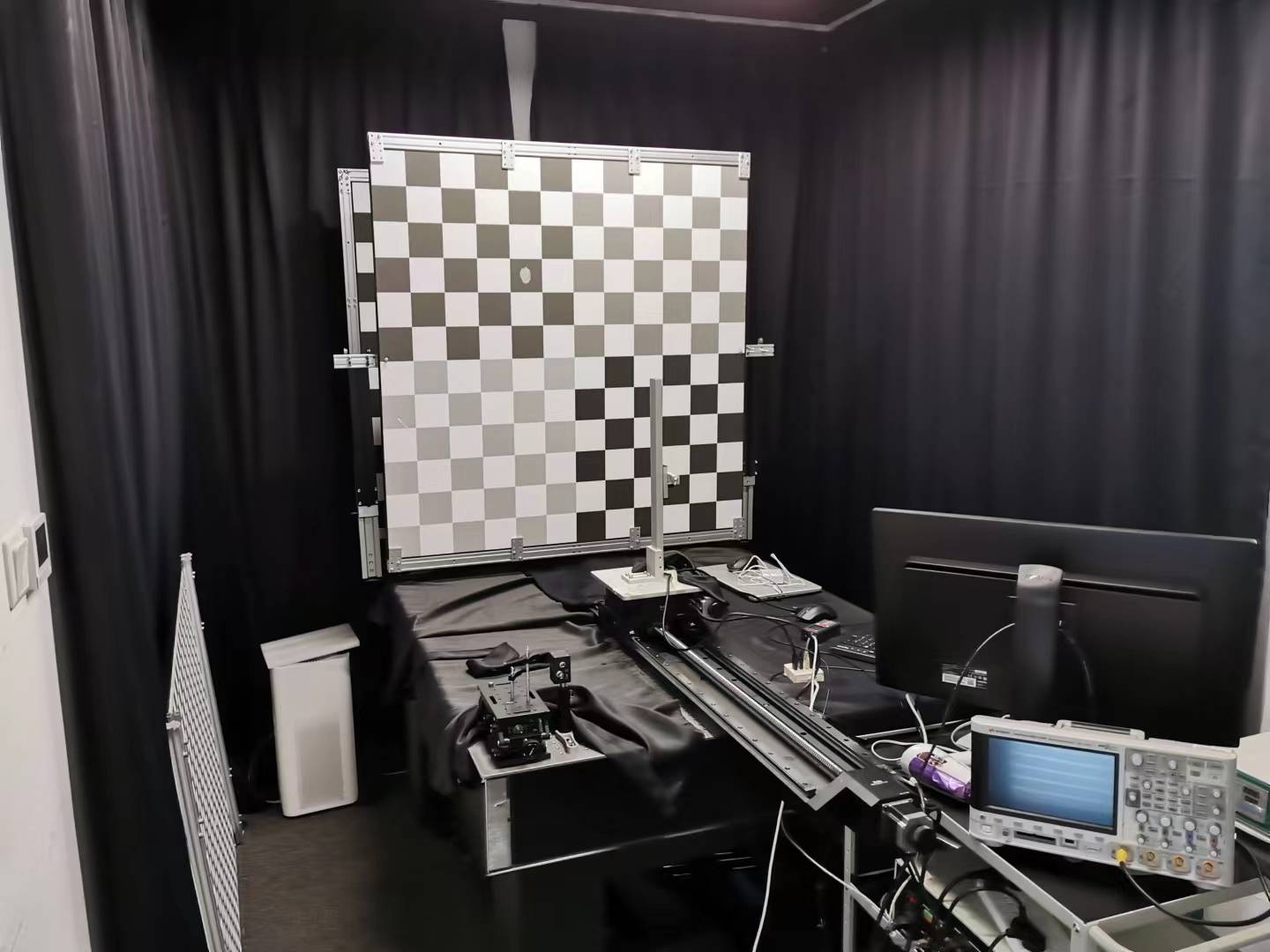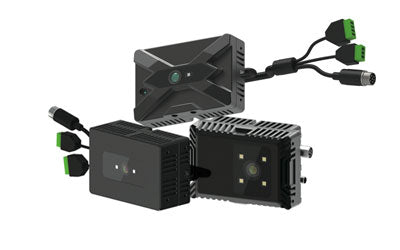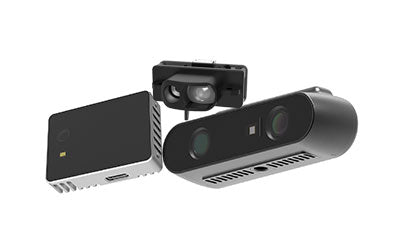The basics of TOF sensor calibration and accuracy

Time-of-flight (TOF) sensors are widely used in various applications such as distance measurements, object detection, and motion tracking. TOF sensors work by emitting a pulse of light and measuring the time it takes for the light to bounce back from the object. However, to ensure accurate and reliable measurements, TOF sensors require calibration. In this article, we will discuss the basics of TOF sensor calibration and accuracy.
TOF Sensor Calibration
TOF sensor calibration involves adjusting the sensor to ensure that its measurements are accurate and consistent. The calibration process typically involves measuring a known distance or object to obtain a reference value, and then adjusting the sensor's settings to match the reference value. Calibration is essential because environmental factors such as temperature, humidity, and ambient light can affect the sensor's measurements. Calibration can be performed manually or automatically, depending on the sensor's design.

Manual Calibration
Manual calibration involves adjusting the sensor's settings manually to match a reference value. To perform manual calibration, the sensor is placed at a known distance from an object, and the sensor's readings are compared to the reference value. The sensor's settings are then adjusted until the readings match the reference value.

Automatic Calibration
Automatic calibration involves using an algorithm or a set of instructions to adjust the sensor's settings automatically. Automatic calibration is usually more accurate than manual calibration because it eliminates the potential for human error. Automatic calibration is often used in applications where high accuracy is required.

TOF Sensor Accuracy
TOF sensor accuracy refers to the degree to which the sensor's measurements match the actual distance or object being measured. Several factors can affect the sensor's accuracy, including the sensor's resolution, the ambient light conditions, and the object's reflectivity. TOF sensor accuracy is usually specified in terms of a percentage of the measured distance or object.

Factors Affecting TOF Sensor Accuracy
Resolution
The sensor's resolution refers to the smallest distance that the sensor can measure accurately. Higher resolution sensors typically provide more accurate measurements.
Ambient Light Conditions
Ambient light conditions can affect the sensor's accuracy by interfering with the light pulses emitted by the sensor. TOF sensors with a high signal-to-noise ratio can provide accurate measurements even in bright ambient light conditions.
Object Reflectivity
The reflectivity of the object being measured can also affect the sensor's accuracy. Objects with low reflectivity may not reflect enough light back to the sensor, resulting in inaccurate measurements.
Conclusion
TOF sensor calibration and accuracy are critical factors in ensuring accurate and reliable measurements. Calibration can be performed manually or automatically, depending on the sensor's design. TOF sensor accuracy is affected by several factors, including the sensor's resolution, the ambient light conditions, and the object's reflectivity. By understanding the basics of TOF sensor calibration and accuracy, you can ensure that your measurements are accurate and reliable.
Applicable products:CS20, CS30 , CS20-P, CS40,CS40p
Our professional technical team specializing in 3D camera ranging is ready to assist you at any time. Whether you encounter any issues with your TOF camera after purchase or need clarification on TOF technology, feel free to contact us anytime. We are committed to providing high-quality technical after-sales service and user experience, ensuring your peace of mind in both shopping and using our products.
-
Posted in
Tof sensor



